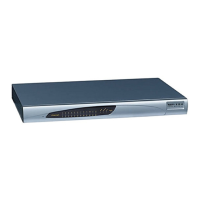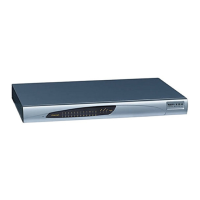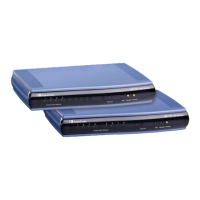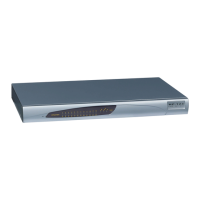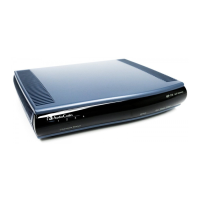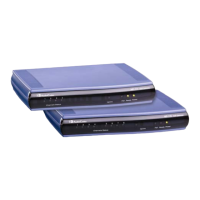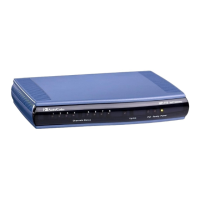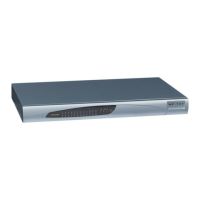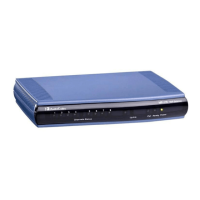SIP User's Manual 394 Document #: LTRT-65412
MP-11x & MP-124
7. When the call is answered by the PSAP operator, the PSAP sends a SIP 200 OK to
the FXS device, and the FXS device then generates a polarity reversal signal to the
E911 switch.
8. After the call is disconnected by the PSAP, the PSAP sends a SIP BYE to the FXS
device, and the FXS device reverses the polarity of the line toward the tandem switch.
The following parameters need to be configured:
EnableDIDWink = 1
EnableReversalPolarity = 1
PolarityReversalType = 1
FlashHookPeriod = 500 (for 500 msec "hookflash" mid-call Wink)
WinkTime = 250 (for 250 msec signalling Wink generated by the FXS device after it
detects the line seizure)
EnableTransfer = 1 (for call transfer)
LineTransferMode = 1 (for call transfer)
WaitforDialTime = 1000 (for call transfer)
SwapTEl2IPCalled&CallingNumbers = 1
DTMFDetectorEnable = 0
MFR1DetectorEnable = 1
DelayBeforeDIDWink = 200 (for 200 msec) - can be configured in the range from 0
(default) to 1000.
Note: Modification of the WinkTime and FlashHookPeriod parameters require a
device reset.
The outgoing SIP INVITE message contains the following headers:
INVITE sip:Line@DomainName
From: <sip:*81977820#@sipgw>;tag=1c143
To: <sip:Line@DomainName>
Where:
Line = as configured in the Endpoint Phone Number Table.
SipGtw = configured using the SIPGatewayName parameter.
From header/user part = calling party number as received from the MF spill.
The ANI and the pseudo-ANI numbers are sent to the PSAP either in the From and/or P-
AssertedID SIP header.
Typically, the MF spills are sent from the E911 tandem switch to the PSAP, as shown in the
table below:
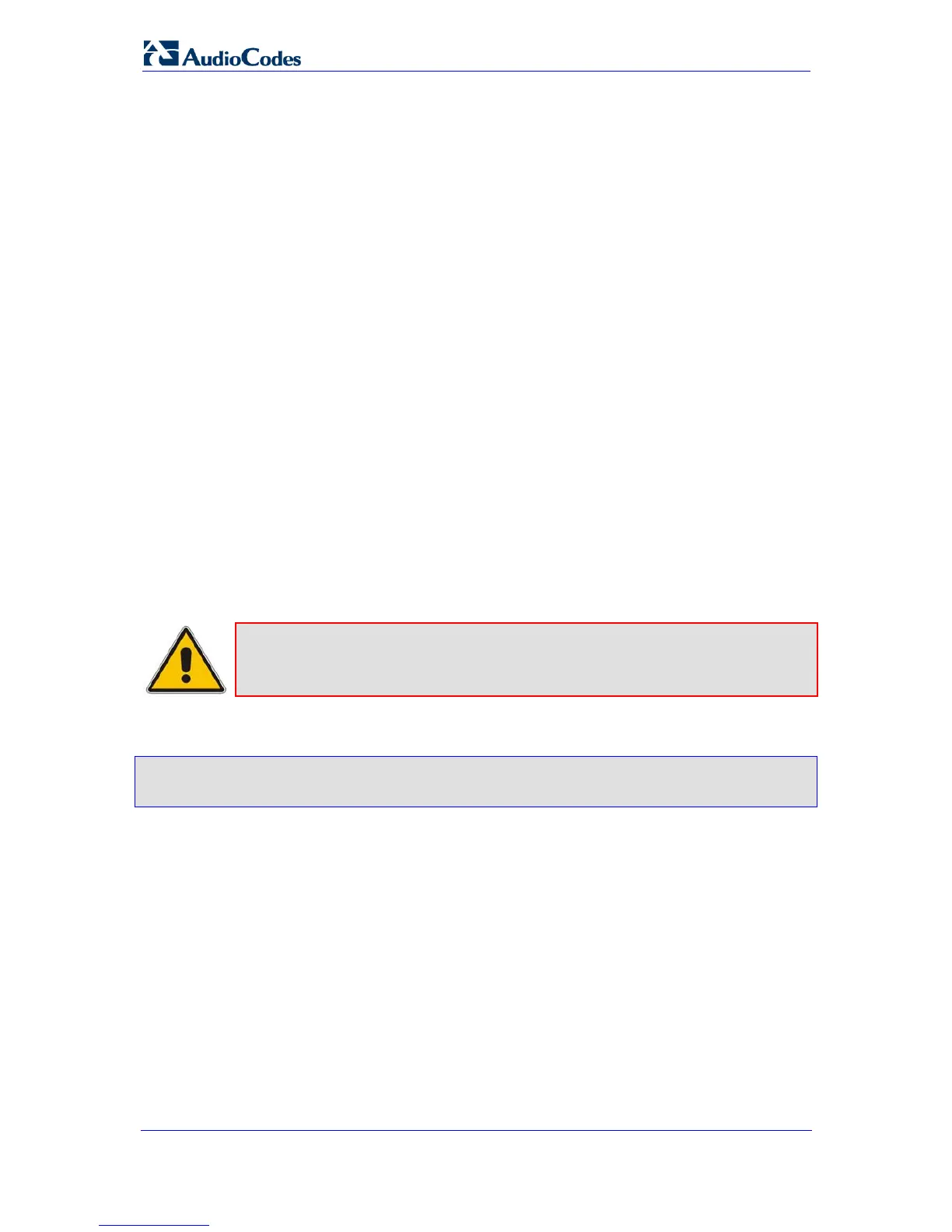